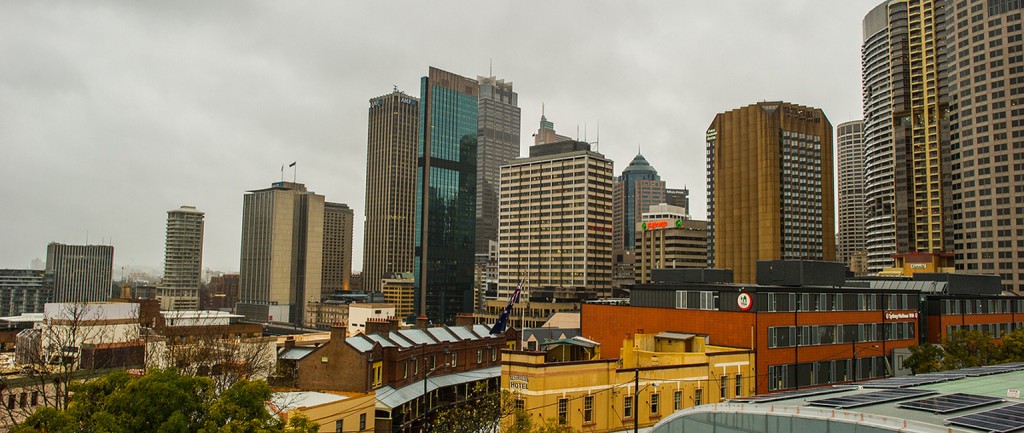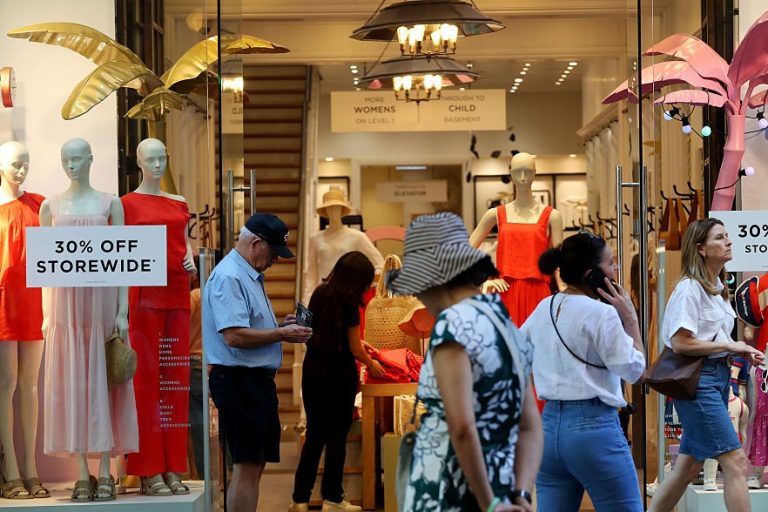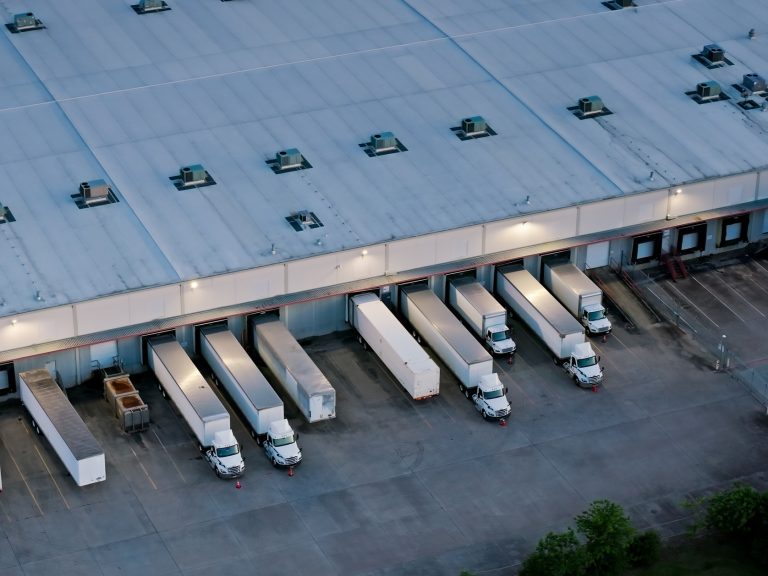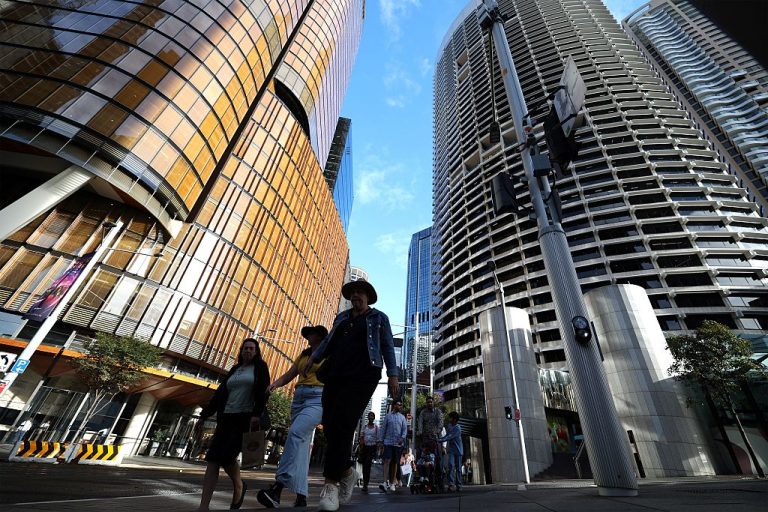Low growth and yields a permanent fixture: report

Structural shifts — masked by the financial crisis — are crashing up against market cycles with low growth and low yields likely to be here to stay, according to a report by JLL.
“Normal” market conditions are unlikely to return to real estate investment markets, the report notes. “The GFC has been a convenient scapegoat for the breakdown in previously trusted rules of thumb when investing in commercial real estate,” according to JLL’s Australasian head of research, David Rees.
“Not everything is a GFC-driven event. For instance, real and nominal interest rates have been declining for 30 years,” Dr Rees says.
Desk dreams: This might be Australia’s best office
Many of the changes had been gathering pace for decades, he notes. “But while the cyclic nature of real estate has not been abolished, investors in real estate face a range of conundrums relating to yields, cross-border investment, technology and urbanisation that can have long-term impacts for commercial real estate.”
The Real Estate Conundrums report identifies a number of structural shifts, including the globalisation of real estate markets, cross-border investment, the mismatch of capital with available assets, and low yields.
The long-term implied internal rate of return for prime CBD office buildings in Australia was 7.9%, the lowest for at least 30 years, the report found. Dr Rees is a believer in the “lower for longer” theory for interest rates. “This does not mean that cycles have been abolished. But average yields are likely to be lower than in the past,” he says.

The impact of technology on property markets has been less than anticipated.
JLL expects cross-border investment to continue to increase as investors chase yield.
Meanwhile several other factors are playing on markets.
The impact of technology, though “massive”, had been less than was anticipated 20 years ago, with CBDs still magnets for tenants, Dr Rees says.
“Perhaps the falling cost of technology, the advent of wireless capabilities, combined with the rising cost and scarcity of skilled labour and rising wages (that puts a premium on commuting travel times) will lead to a more substantial impact on real estate investment returns and a re-ranking of market values in CBD and non-CBD locations? If location premiums erode, non-CBD and suburban locations could be rewarding for investors,” he says.
The report questions whether the impact of changing demographics and increased urbanisation is being underestimated.
“While population will grow across all age categories in Australia, some age groups will grow much faster than others — therefore requiring specific real estate solutions — right across the spectrum from childcare, student accommodation, first-home buyers, upgraders, empty nesters and retirement villages.”
This article originally appeared on www.theaustralian.com.au/property.







